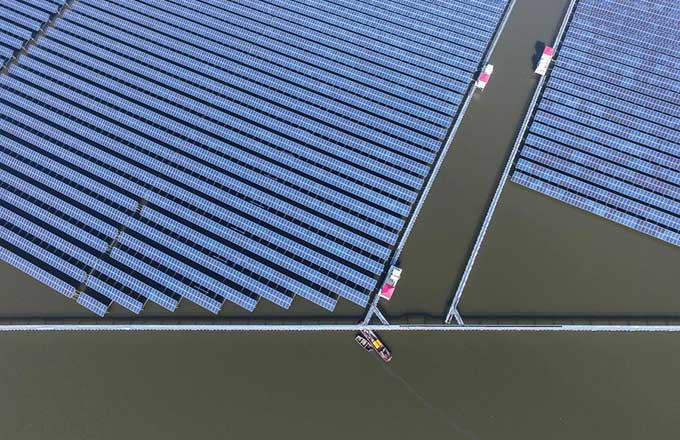The silk road in the sky
The building blocks of China's program of extraterrestrial exploration
In the history of China's space program, other than humans, silkworm larvae were not the first creatures to venture into the great beyond.
When the program was inaugurated in the early 1960s, a wide variety of animals got a head start.
In July 1964, the pioneers were a group of white mice on board China's first sounding rocket, T-7AS1, which carried measuring instruments. Two years later, the mice were followed by two dogs.
Space lab
The chapter that prepared the way for China's 2016 manned space exploration was opened by the successful blastoff of Tiangong II on Sept 15.
The 8.6-metric-ton space lab, the country's largest space asset, was designed to provide a comfortable, working environment for astronauts to conduct 14 different, wide-ranging experiments.
They included examining the science of aerospace materials, cultivating plants, applications for robotic arms, and an experiment to see if silkworms can thrive in space.
Shang Mingyou, an engineer at the space laboratory system, told China Central Television that Tiangong II was built with a lower noise level than its predecessor, Tiangong I.
Measures were taken to reduce the noise emitted by moving fans or other rotating parts. The noise level was kept within 60 decibels, a safe level that did not hamper conversation or distract the astronauts while they conducted the tests, according to Shang.
Breakthroughs
In the past decade, China has made a number of breakthroughs in manned space missions.
The first Chinese astronaut went into space aboard Shenzhou V in 2003. Shenzhou VII, with a crew of three, including Jing Haipeng (commander of China's latest space mission), was launched in 2008, and astronaut Zhai Zhigang conducted China's first spacewalk.
In 2013, Shenzhou X, with three astronauts on board, roared into space on a 15-day mission.
The Shenzhou XI mission, which started in October and concluded last month, is being seen as an important milestone in the country's program of extended space exploration.
A number of projects are ongoing and others are ready to be rolled out, including lunar probes, the BeiDou Navigation Satellite and the Gaofen observation satellite program.
All are scheduled for completion by the end of the decade.
By 2020, more missions are expected to be undertaken, and the nation also plans to eventually send a probe to land on Mars.

























